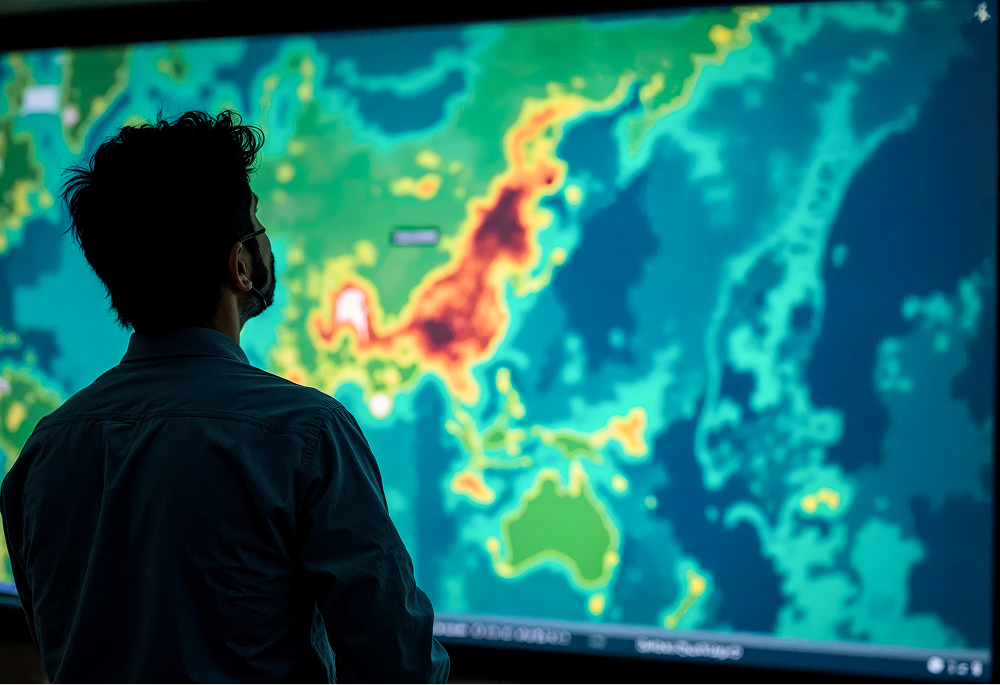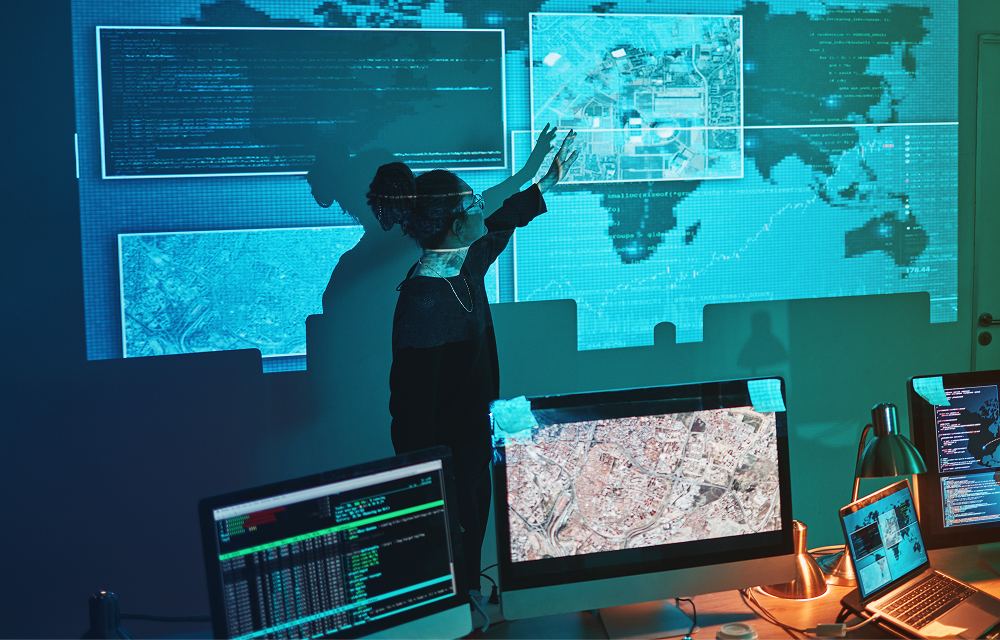For more than a century, meteorologists have been tracking storms using boards, equations and supercomputers. But one insidious but straightforward ingredient has so far escaped precise control – water vapour.
Humidity is an invisible fuel for thunderstorms, sudden downpours and floods. It is up to her to decide whether the rain will become a drizzle or make you run to the shelter. For a long time, satellites could not “see” it with sufficient accuracy to warn of the danger in advance.
Now the team from the Wroclaw University of Environment and Life Sciences (UPWr) offers a solution. Researchers have shown how deep learning can turn blurred GNSS satellite images into accurate three-dimensional humidity maps, revealing hidden vortices that shape local weather.
The secret is the ultra-resolution generative network (SRGAN), an AI technology known for making granular photos clear. Instead of portraits or landscapes, the researchers trained the network on global meteorological data using NVIDIA graphics processors. As a result, low-resolution satellite images turn into high-precision humidity maps with minimal errors.

In Poland, the method reduces errors by 62%, in California – by 52%, even in rainy conditions. Unlike old models that smeared details, AI creates clear gradients that coincide with the measurements of ground tools.
And to increase the credibility of forecasts, the researchers added an explainable AI. With the help of Grad-CAM and SHAP visualisations, it became clear which areas the system pays attention to and these are exactly the areas where weather forecasters are waiting for storms: western Poland and the coastal mountains of California.
“High-resolution, reliable humidity data is the missing link in forecasting the kind of weather that disrupts lives,” said lead author Saeid Haji-Aghajany, assistant professor at UPWr. “Our approach doesn’t just sharpen GNSS tomography; it also shows us how the model makes its decisions. That transparency is critical for building trust as AI enters weather forecasting.”
The consequences of such weather events can be dire. The use of more accurate humidity maps in weather models both physical and artificial intelligence-based allows you to predict sudden downpours and floods before they hit the territory. This gives population centres at risk valuable time to prepare.
And all this depends on one often underestimated factor. Not thunder. Not lightning. It is humidity.
For more information about our AI products and solutions for your business, contact us today. We’re here to help!




